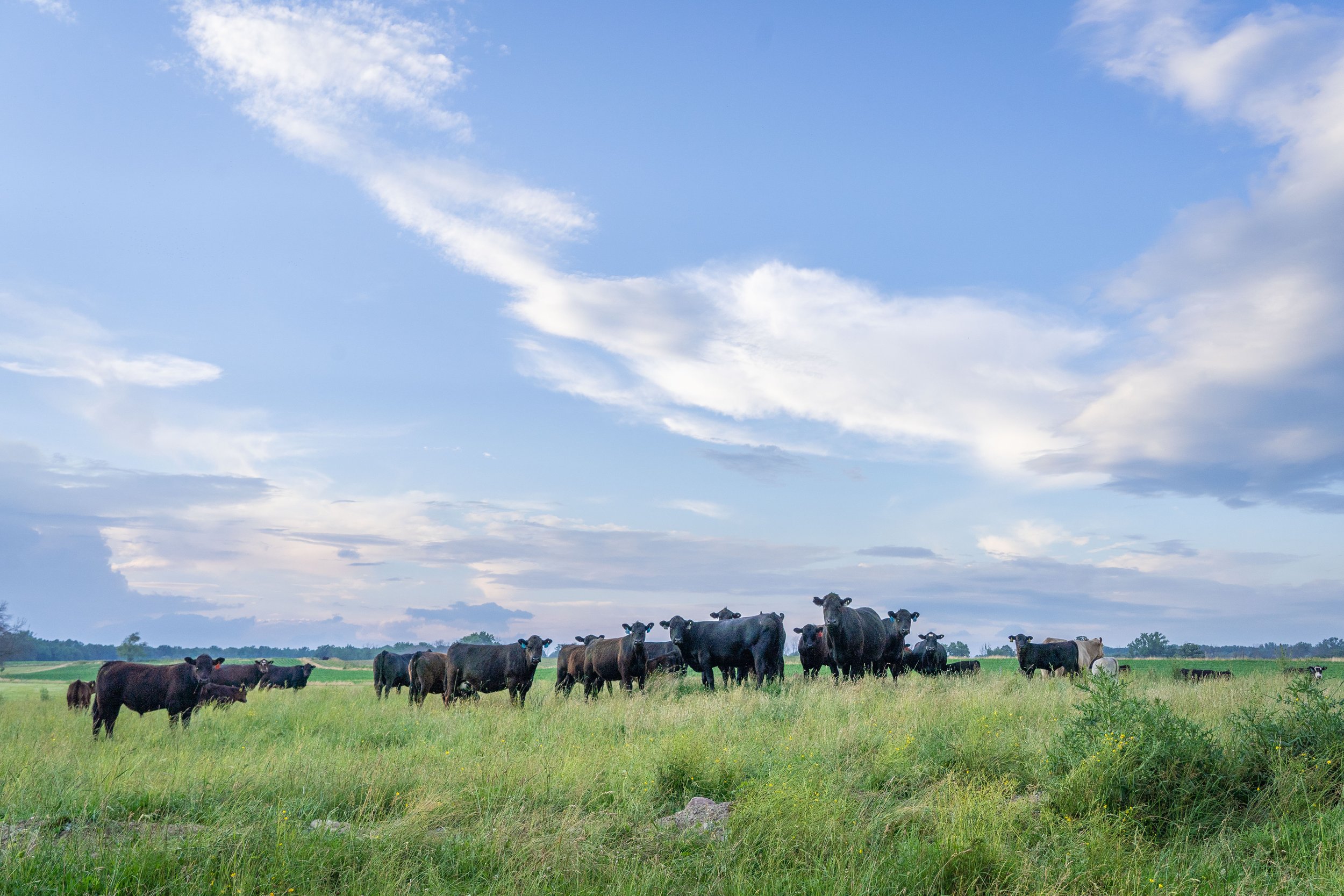Strategic Collaborations for Resilience: Bagley Risk Management
Strategic Collaborations for Resilience: Bagley Risk Management
Blog Article
Comprehending Livestock Threat Protection (LRP) Insurance Policy: A Comprehensive Overview
Browsing the realm of animals risk defense (LRP) insurance coverage can be a complex venture for many in the agricultural sector. This type of insurance offers a safeguard versus market fluctuations and unpredicted scenarios that might influence livestock producers. By comprehending the intricacies of LRP insurance policy, manufacturers can make educated choices that might protect their operations from economic risks. From just how LRP insurance operates to the different protection choices offered, there is much to uncover in this extensive overview that could possibly shape the way livestock manufacturers approach threat administration in their companies.

How LRP Insurance Functions
Periodically, comprehending the mechanics of Animals Threat Defense (LRP) insurance coverage can be intricate, but breaking down how it works can offer clearness for ranchers and farmers. LRP insurance policy is a danger management device created to shield livestock manufacturers versus unforeseen cost declines. It's essential to note that LRP insurance coverage is not an income guarantee; instead, it focuses entirely on cost threat protection.
Eligibility and Insurance Coverage Options

When it pertains to insurance coverage choices, LRP insurance coverage provides producers the flexibility to pick the protection degree, protection duration, and endorsements that finest match their threat management requirements. Insurance coverage degrees usually vary from 70% to 100% of the anticipated finishing value of the insured livestock. Producers can likewise pick coverage periods that straighten with their manufacturing cycle, whether they are insuring feeder cattle, fed livestock, swine, or lamb. Endorsements such as cost danger security can better customize protection to protect versus damaging market changes. By understanding the eligibility criteria and protection options readily available, animals manufacturers can make enlightened choices to take care of danger effectively.
Pros and Disadvantages of LRP Insurance Coverage
When reviewing Animals Danger Protection (LRP) insurance policy, it is important for livestock manufacturers to weigh the drawbacks and advantages intrinsic in this danger administration tool.

Among the key advantages of LRP insurance policy is its ability to offer defense against a decline in animals rates. This can assist safeguard manufacturers from economic losses resulting from market variations. Furthermore, LRP insurance coverage uses a degree of adaptability, allowing producers to customize protection degrees and plan periods to match their details needs. By locking in an ensured cost for their animals, manufacturers can much better manage risk and strategy for the future.
One restriction of LRP insurance is that it does not shield versus all kinds of dangers, such as disease break outs or all-natural catastrophes. It is important for producers to meticulously examine their individual threat exposure and monetary situation to establish if LRP insurance coverage is the ideal risk monitoring device for their operation.
Understanding LRP Insurance Policy Premiums

Tips for Making The Most Of LRP Conveniences
Optimizing the benefits of check here Livestock Threat Defense (LRP) insurance policy needs critical planning and aggressive danger monitoring - Bagley Risk Management. To take advantage of your LRP insurance this link coverage, think about the following tips:
Regularly Assess Market Problems: Stay notified concerning market patterns and rate changes in the animals industry. By keeping track of these elements, you can make informed choices about when to purchase LRP protection to safeguard against prospective losses.
Set Realistic Coverage Levels: When picking insurance coverage degrees, consider your manufacturing expenses, market price of animals, and possible threats - Bagley Risk Management. Establishing reasonable protection levels makes certain that you are appropriately safeguarded without overpaying for unneeded insurance coverage
Expand Your Insurance Coverage: As opposed to relying only on LRP insurance, think about diversifying your danger monitoring methods. Incorporating LRP with various other threat administration tools such as futures agreements or options can give detailed protection against market unpredictabilities.
Evaluation and Change Insurance Coverage Regularly: As market problems alter, periodically review your LRP protection to ensure it aligns with your current threat direct exposure. Changing insurance coverage levels and timing of purchases can assist enhance your risk security method. By following these pointers, you can make best use of the advantages of LRP insurance policy and secure your animals operation versus unanticipated dangers.
Verdict
To conclude, livestock threat protection (LRP) insurance coverage is an important tool for farmers to take care of the monetary risks related to their animals operations. By recognizing how LRP functions, eligibility and coverage options, along with the pros and cons of this insurance, farmers can make educated choices to secure their incomes. By very carefully considering LRP costs and executing approaches to make best use of benefits, farmers can mitigate possible losses and guarantee the sustainability of their operations.
Livestock manufacturers interested in go to the website obtaining Livestock Threat Protection (LRP) insurance can check out a range of eligibility criteria and insurance coverage options tailored to their certain livestock procedures.When it comes to coverage alternatives, LRP insurance coverage offers producers the adaptability to pick the coverage degree, insurance coverage period, and recommendations that finest fit their risk monitoring needs.To comprehend the details of Livestock Risk Defense (LRP) insurance coverage totally, recognizing the elements affecting LRP insurance policy costs is crucial. LRP insurance coverage costs are identified by numerous components, including the insurance coverage level picked, the anticipated price of livestock at the end of the protection duration, the kind of animals being guaranteed, and the size of the coverage period.Evaluation and Readjust Protection Consistently: As market problems alter, regularly examine your LRP protection to ensure it lines up with your existing danger exposure.
Report this page